10 Family-Friendly Hardwood Floor Ideas That Are Stylish and Survive Spills, Scratches & Sibling Wars
Let’s be real — having kids in the house means your floors are going to take a beating. Between spilled juice boxes, muddy shoes, and impromptu dance-offs (or wrestling matches), you need hardwood floors that can keep up with family life without sacrificing style.
In this post, we’ll walk through ten family-friendly hardwood floor ideas that combine durability, safety, and design flair. From scratch-resistant finishes to clever patterns that hide messes, we’ve got everything covered — including tips on how to choose the right type of wood, finish, and installation method for your home.
Table of Contents
- Idea #1: Opt for Wider Plank Floors for a Cozy, Rustic Vibe
- Idea #2: Choose Engineered Hardwood for Stability & Kid-Proofing
- Idea #3: Go with Matte Finish to Hide Scuffs Like a Pro
- Idea #4: Add Area Rugs Strategically for Softness & Style
- Idea #5: Use Stained Borders or Medallions as Design Anchors
- Idea #6: Install Rounded Edges for Safety (No Toe Bumps!)
- Idea #7: Try Mixing Wood Tones for a Warm, Modern Look
- Idea #8: Pick Pre-Finished Boards for Faster Installation
- Idea #9: Choose Hardwoods with High Janka Ratings
- Idea #10: Create Zones with Inset Rugs or Tile Transitions
- Buying Guide: What to Look for When Choosing Hardwood Floors
Idea #1: Opt for Wider Plank Floors for a Cozy, Rustic Vibe
Wider plank flooring adds texture and visual interest to any room while also hiding small scuff marks and dirt better than narrow planks. With fewer seams, there's less chance for dust or crumbs to get stuck — perfect for homes with little ones dragging toys across the floor.
- Recommended width: 5–7 inches
- Best for: living rooms, playrooms, open-concept spaces
- Tips: Use oil-rubbed or hand-scraped finishes for added character that masks imperfections
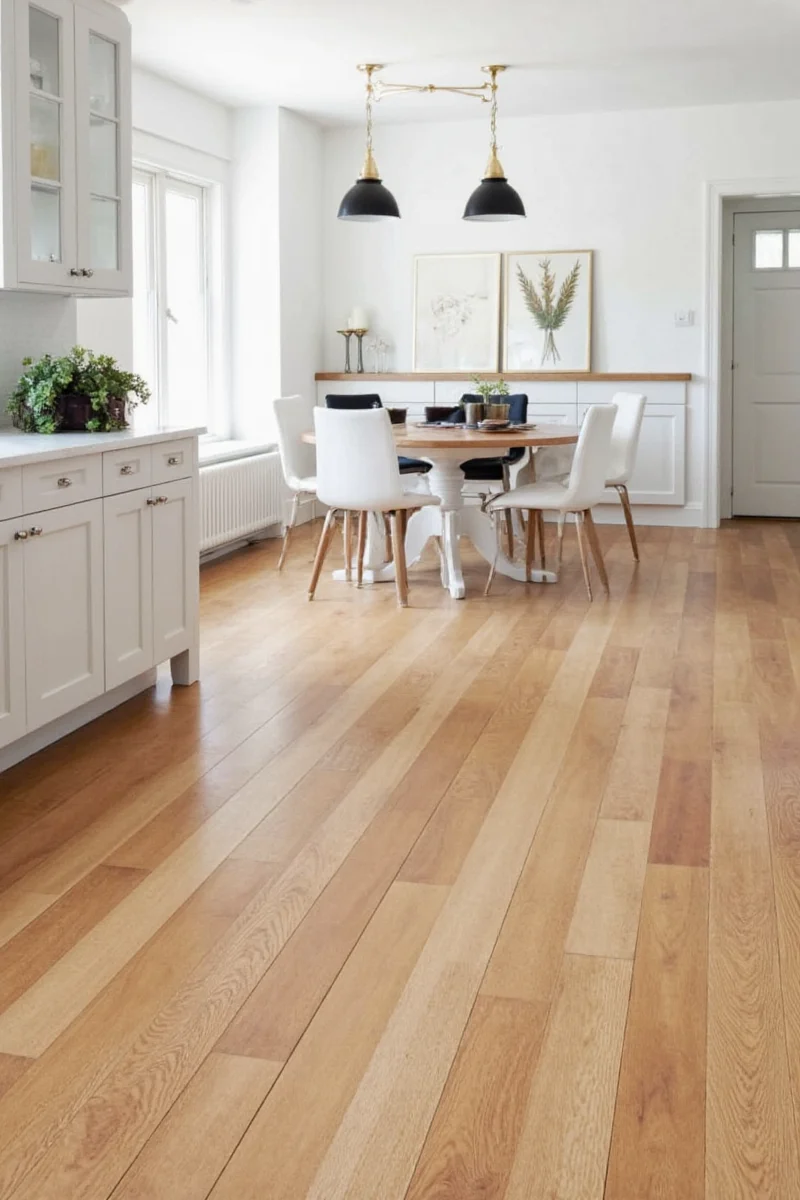
Image 1: Wide plank flooring adds warmth and hides wear beautifully.
Idea #2: Choose Engineered Hardwood for Stability & Kid-Proofing
If your home experiences humidity swings or has radiant heating systems underneath, engineered hardwood is your best bet. It’s more stable than solid wood, meaning it won’t warp or buckle from steam cleanings or sudden spills.
- Why it works: Resists expansion and contraction from temperature changes
- Thickness options: 3/8", 1/2", 5/8" — thicker = better sound insulation
- Where to install: basements, laundry rooms, playrooms
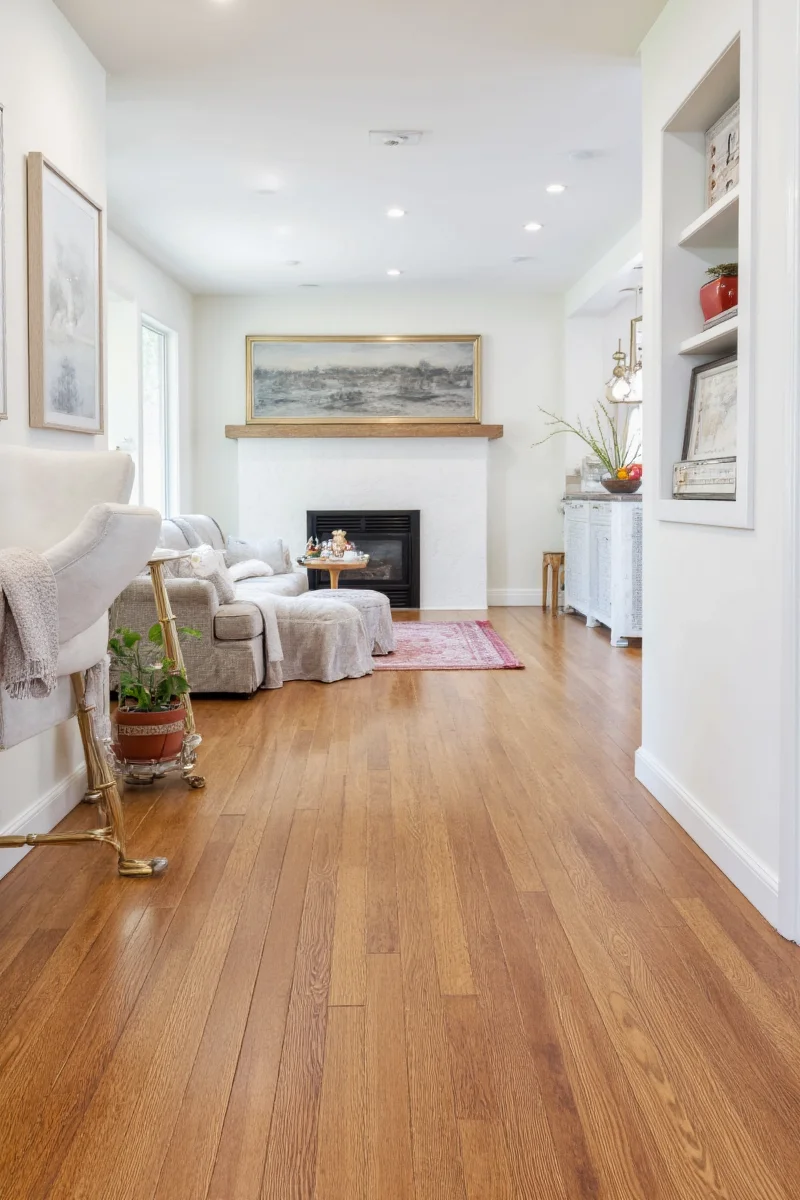
Image 2: Engineered hardwood installed in a kid-friendly home office nook.
Idea #3: Go with Matte Finish to Hide Scuffs Like a Pro
A matte finish doesn't reflect light as much as glossy or semi-gloss options, which makes it perfect for hiding footprints, pet paws, and toy-induced scratches. Plus, it gives off that effortlessly stylish “lived-in” look without constant buffing.
- Pro tip: Pair with low-VOC sealants for eco-conscious families
- Recommended brands: Bruce, Armstrong, Mohawk
- Application: Ideal for high-traffic areas like entryways, kitchens, and hallways
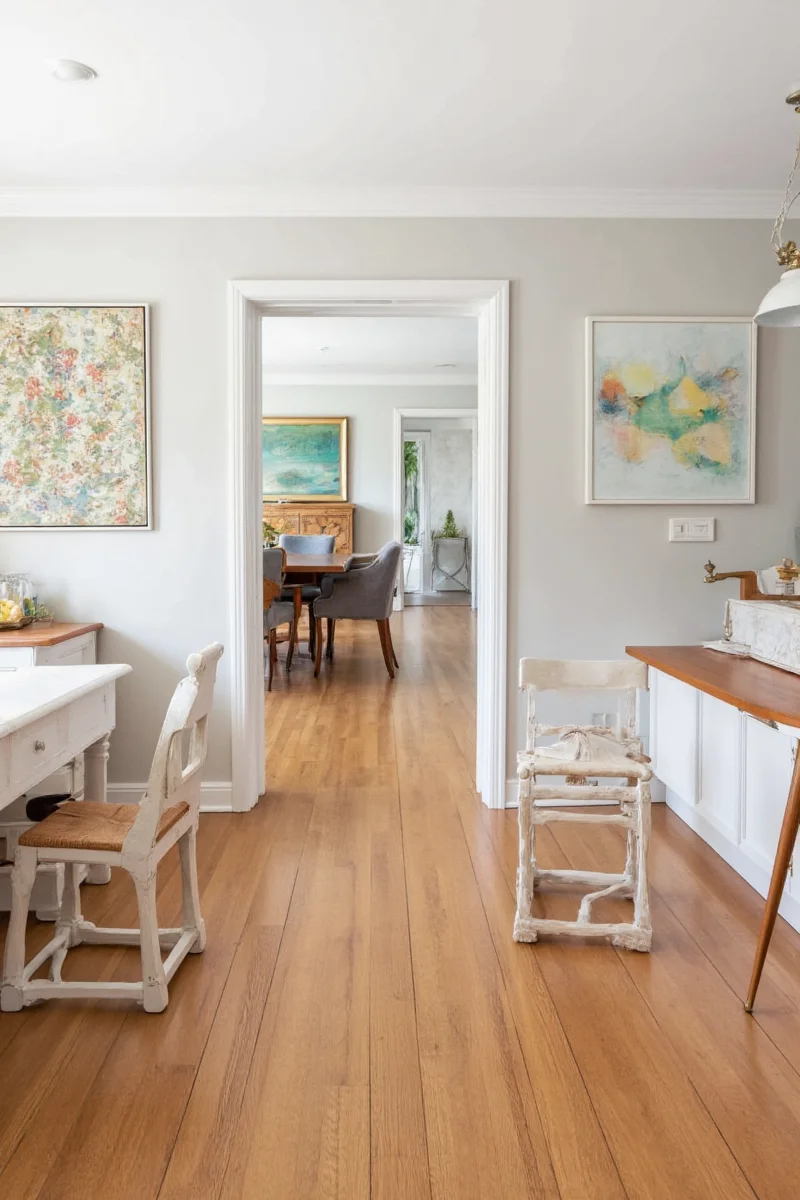
Image 3: Matte finish hardwood shows zero shine, perfect for busy households.
Idea #4: Add Area Rugs Strategically for Softness & Style
Rugs add comfort underfoot, reduce noise, and protect your floors from heavy furniture and active play. Choose washable, low-pile rugs in fun patterns or neutral tones to blend practicality with aesthetics.
| Type | Pros | Cons |
|---|---|---|
| Flatweave | Durable, easy to clean, reversible | Less cushiony for crawling babies |
| Jute/Raffia | Eco-friendly, natural look | Can be scratchy; not ideal for toddlers |
| Shaggy Wool | Soft and cozy | Harder to vacuum, traps allergens |
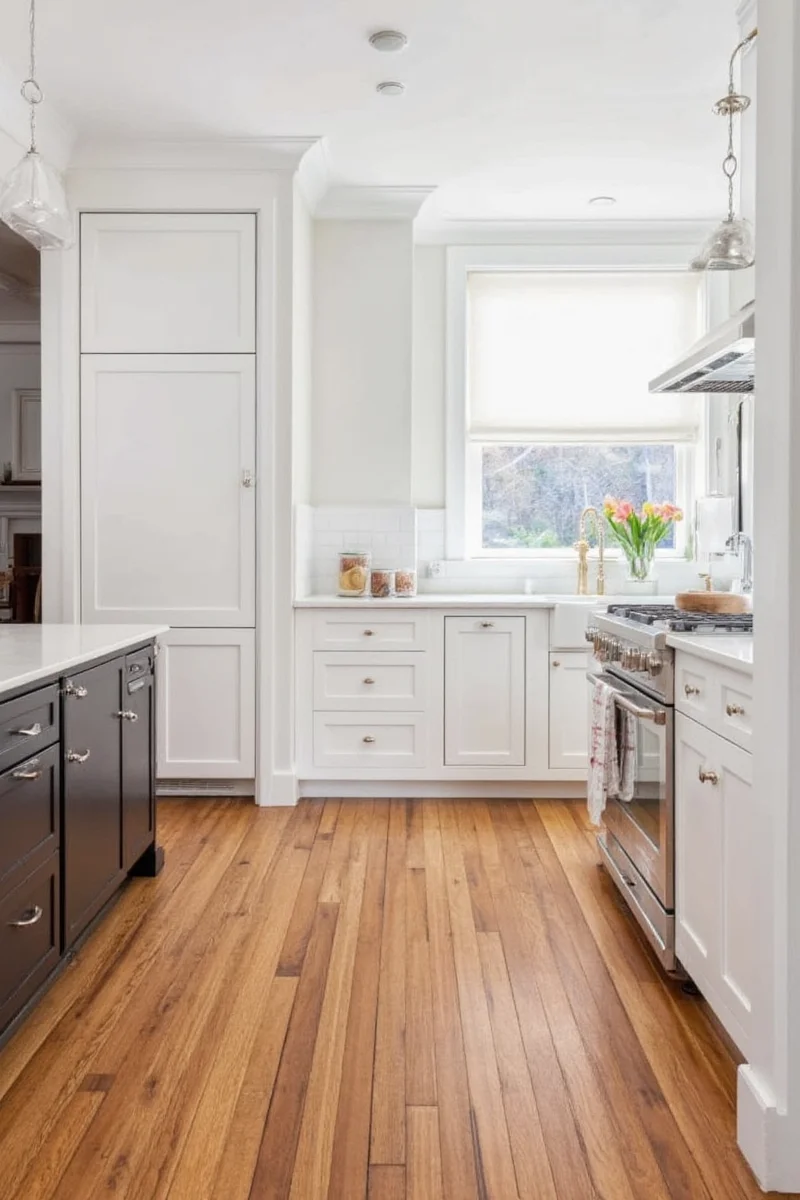
Image 4: A playful area rug softens the hardwood surface in a toddler-friendly zone.
Idea #5: Use Stained Borders or Medallions as Design Anchors
Add a pop of personality by incorporating stained borders or medallions into your floor design. These features help define rooms and distract the eye from inevitable scuff marks around baseboards and furniture legs.
- Popular combinations: dark walnut with white oak, black with maple
- Installation tip: Work with a professional installer to ensure clean lines and proper alignment
- Great for: dining rooms, entry foyers, formal living rooms
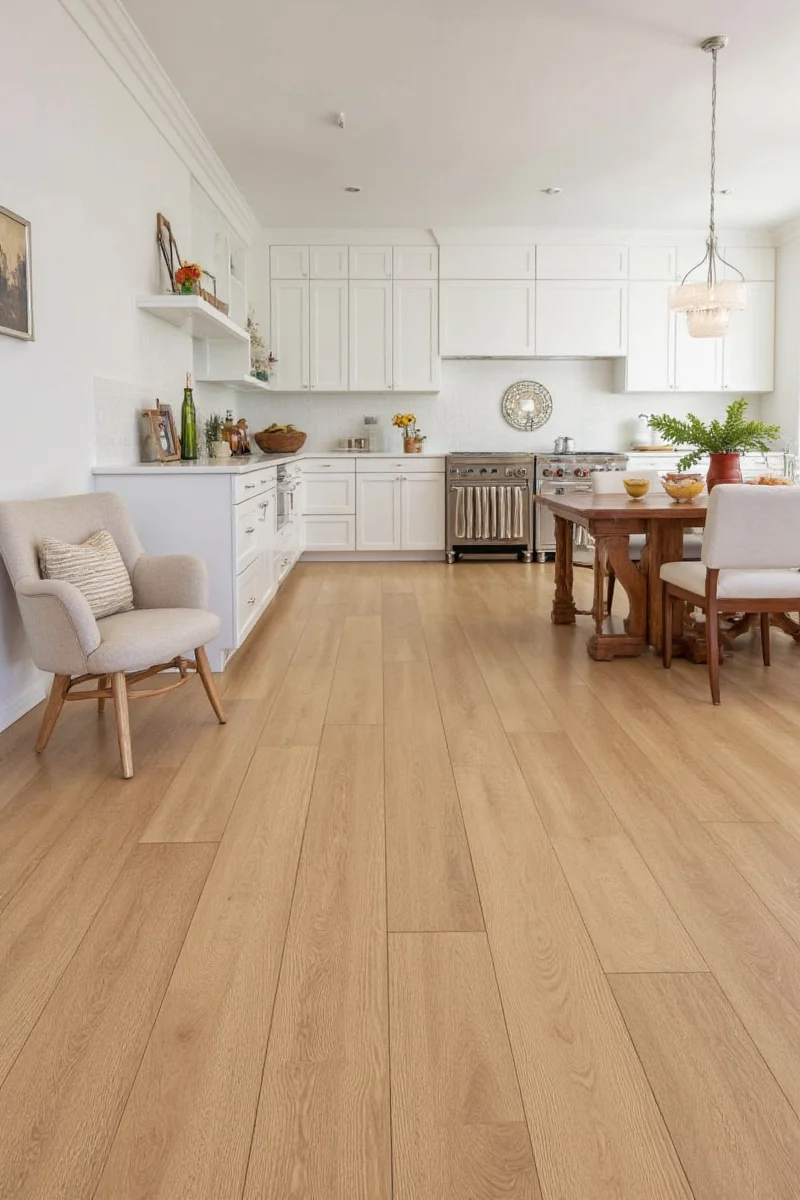
Image 5: A custom stained medallion becomes a focal point in an elegant foyer.
Idea #6: Install Rounded Edges for Safety (No Toe Bumps!)
Kids running around barefoot? Consider choosing boards with micro-beveled or eased edges instead of sharp square edges. Rounded edges are gentler on toes and make floors feel smoother underfoot.
- Edge styles: Square edge, Beveled edge, Eased edge
- Best for: bedrooms, nurseries, hallway floors
- Pro tip: Combine with felt pads on furniture legs for extra protection

Image 6: Eased-edge flooring feels safer for bare feet and reduces toe injuries.
Idea #7: Try Mixing Wood Tones for a Warm, Modern Look
Gone are the days when all your floors had to match exactly. Mix lighter and darker tones for depth and dimension, especially in multi-room open plans. Just make sure the undertones coordinate — warm vs. cool — to avoid clashing.
- Harmonizing tones: White oak + walnut, maple + espresso
- Style vibe: Scandinavian meets farmhouse
- Don’t overdo it: Limit mix to 2–3 complementary shades per level
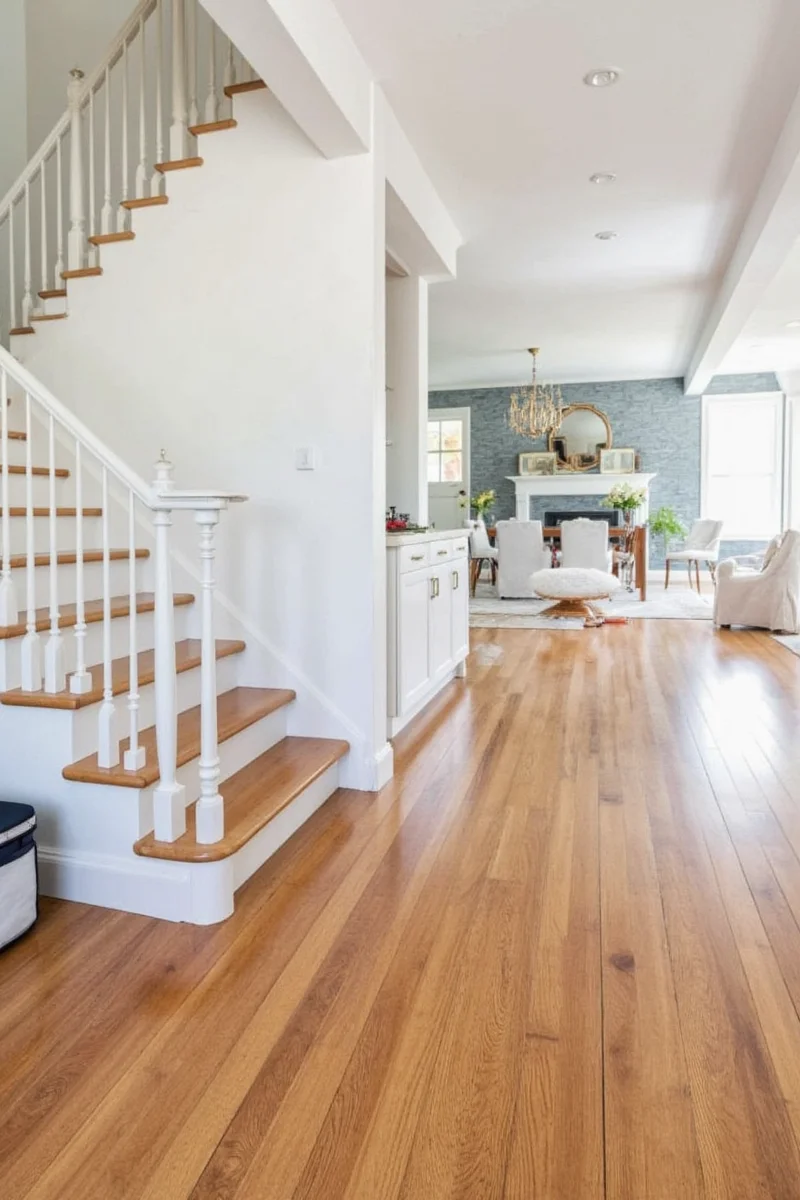
Image 7: Two-toned hardwood creates contrast and keeps things interesting.
Idea #8: Pick Pre-Finished Boards for Faster Installation
Pre-finished hardwood comes already sealed and ready to install, so you save time and avoid the mess of onsite sanding and staining. This is a major plus if you have kids who need a normal routine ASAP after construction.
- Time-saving benefit: Ready-to-install boards cut project time by 50%
- VOC-friendly: No harsh fumes during installation
- Drawback: Limited color options unless custom ordered
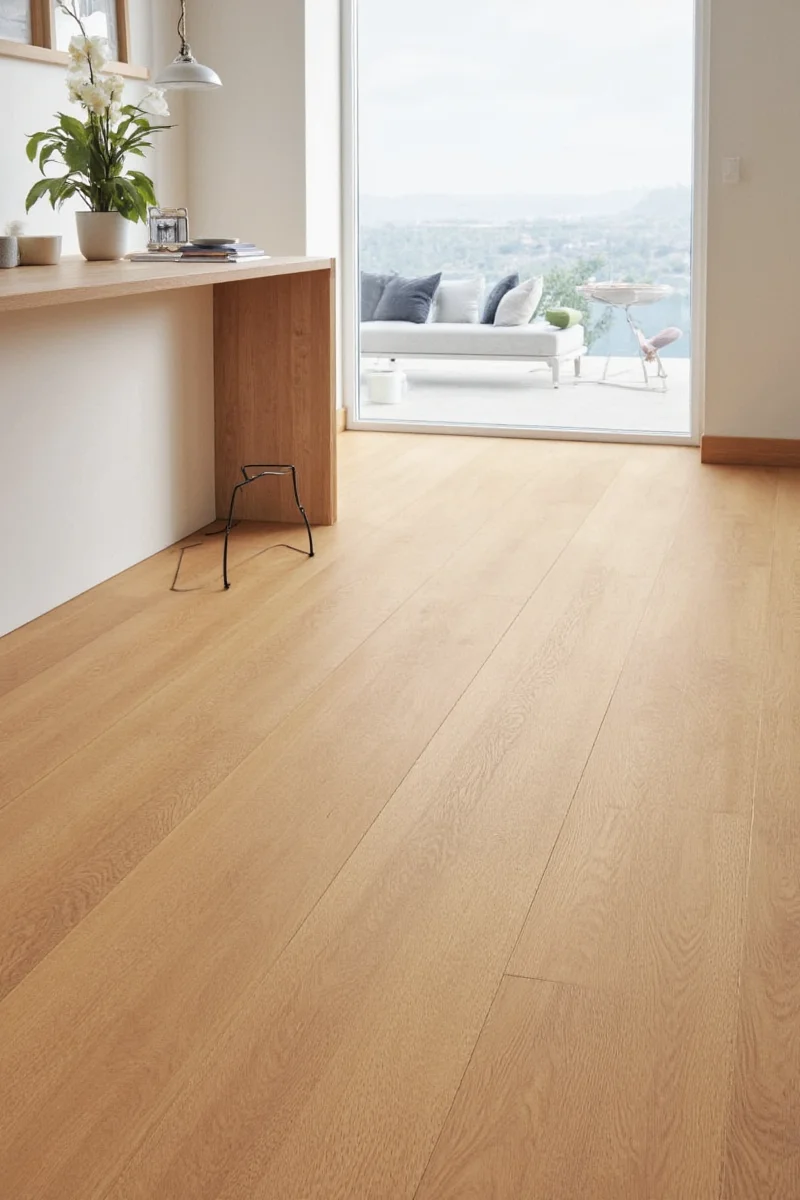
Image 8: Pre-finished boards arrive ready to install, reducing downtime and fumes.
Idea #9: Choose Hardwoods with High Janka Ratings
The Janka hardness scale measures a wood’s resistance to denting and wear. For high-traffic, kid-filled zones, aim for a rating of 1,200 or higher to keep your floors looking fresh longer.
| Wood Type | Janka Rating | Ideal For |
|---|---|---|
| Hickory | 1820 | Families, pets, active lifestyles |
| Red Oak | 1290 | Everyday use, classic appeal |
| Maple | 1450 | Kitchens, gyms, offices |
| Walnut | 1010 | Lower traffic formal areas |
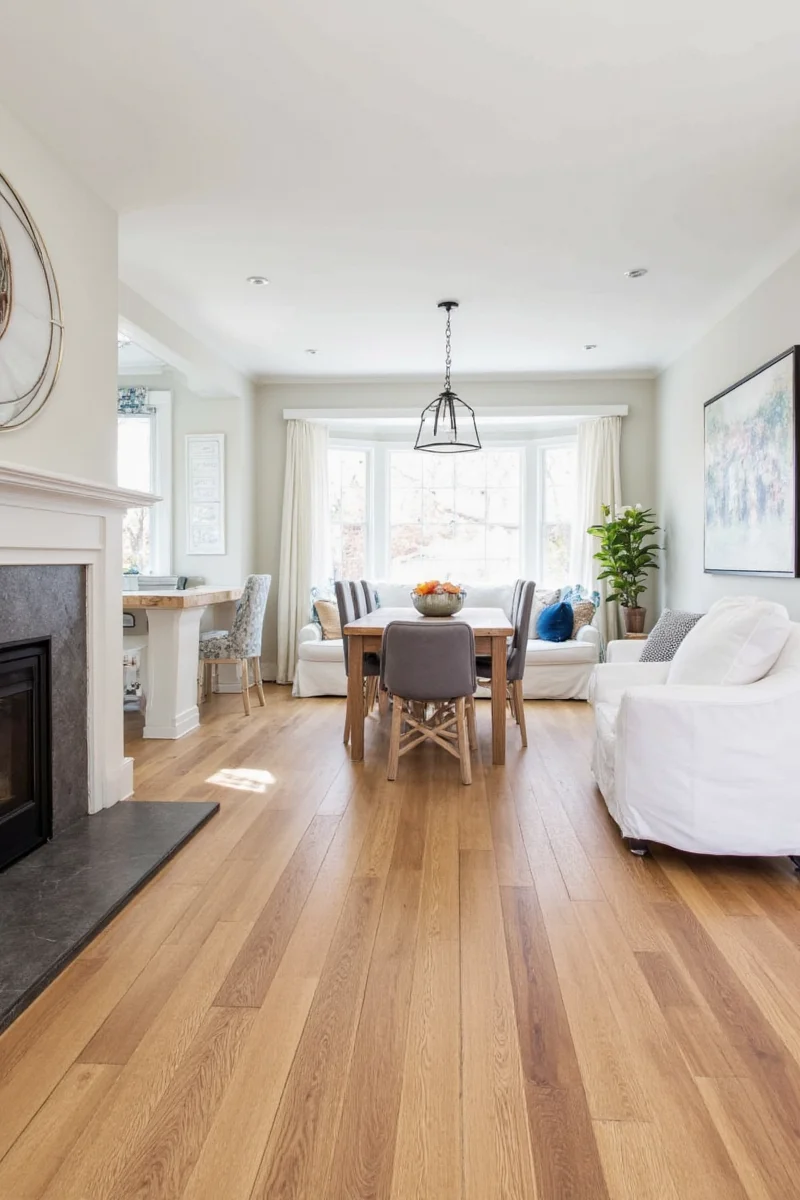
Image 9: The Janka Scale helps determine which wood stands up to daily wear and tear.
Idea #10: Create Zones with Inset Rugs or Tile Transitions
Break up large open spaces into functional zones using inset rugs or tile transitions. This not only protects your hardwood but also defines where playtime ends and dinner begins — great for sensory-sensitive kids too.
- Zoning ideas: Kitchen island with tile inlay, play corner with rubber flooring insert
- Design bonus: Adds architectural interest and guides flow
- Safety note: Ensure transitions are flush to prevent tripping hazards
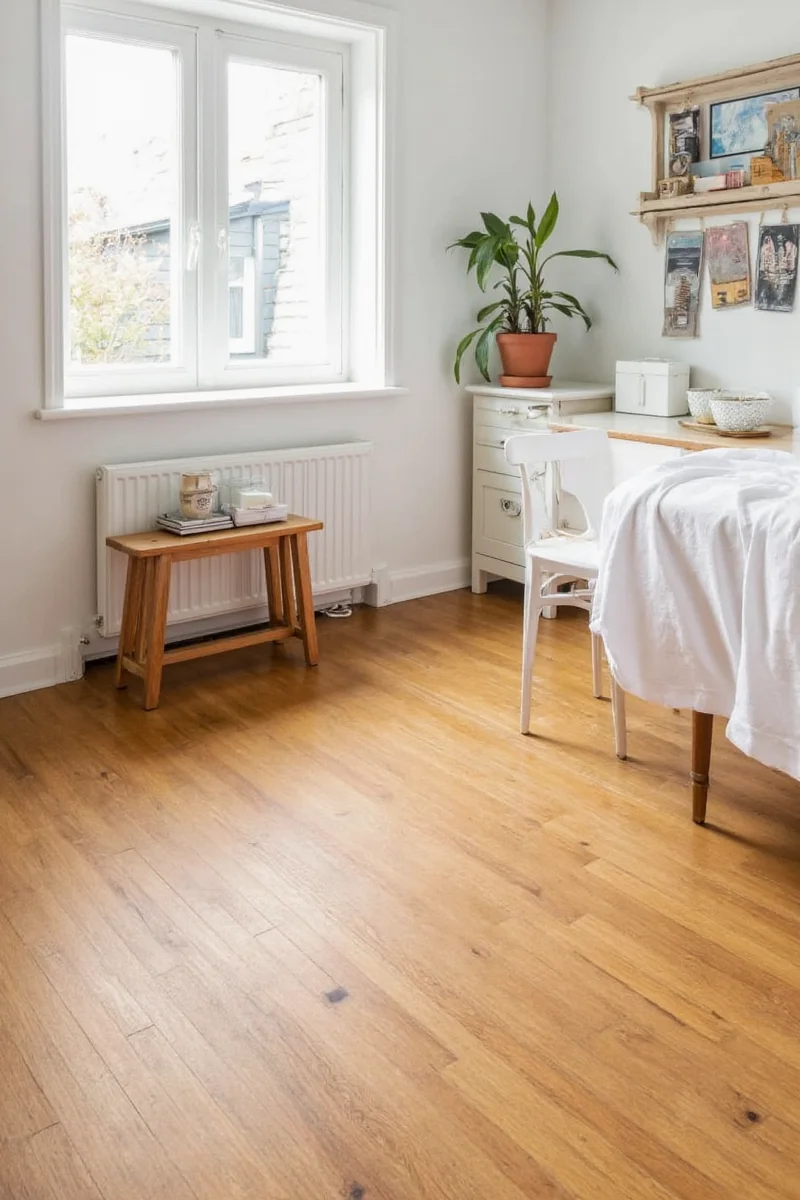
Image 10: A seamless transition from hardwood to tile creates a natural zone between dining and cooking areas.
Buying Guide: What to Look for When Choosing Hardwood Floors
When shopping for hardwood floors for a family-friendly space, here are some key factors to consider before pulling the trigger on a purchase:
1. Grade of Wood
Choose **select or common grade** for more knots and character, or **clear grade** for a smooth, minimalist look. For high-traffic zones, select grade often blends in wear better.
2. Thickness & Wear Layer
Solid hardwood must be at least 3/4" thick for multiple sandings. Engineered hardwood should have a wear layer of at least 2mm for refinishing potential.
3. Finish Type
Look for UV-cured aluminum oxide coatings for maximum scratch resistance. Water-based polyurethane is lower odor and dries faster than oil-based finishes.
4. Underlayment
Use padded underlayment to reduce noise and increase comfort. For pets and kids, foam underlayment with moisture barrier is ideal.
5. Brand Reputation
- Mohawk: Great for budget-friendly pre-finished planks
- Bruce: Trusted brand with a variety of textures and colors
- Armstrong: Eco-conscious options with lifetime warranties
6. Price Range
Expect to pay $5–$15/sq ft for quality domestic hardwood. Exotic species and custom designs go up to $25+/sq ft.
7. Recommended Products
- Bruce Plano Select Maple: Durable with subtle grain pattern
- Mohawk RevWood Plus: Waterproof engineered option with realistic textures
- Lumber Liquidators Coretec Plus: Hybrid engineered floor with attached pad
8. Who Should Buy It?
- New parents – durable, easy-clean surfaces
- Empty nesters downsizing – long-lasting investment floors
- Pet lovers – resistant to claws and stains
- DIY enthusiasts – click-lock system for self-installation
9. Occasions to Gift It
- Housewarming
- New baby announcements
- Wedding registry
- Anniversary renovation gifts
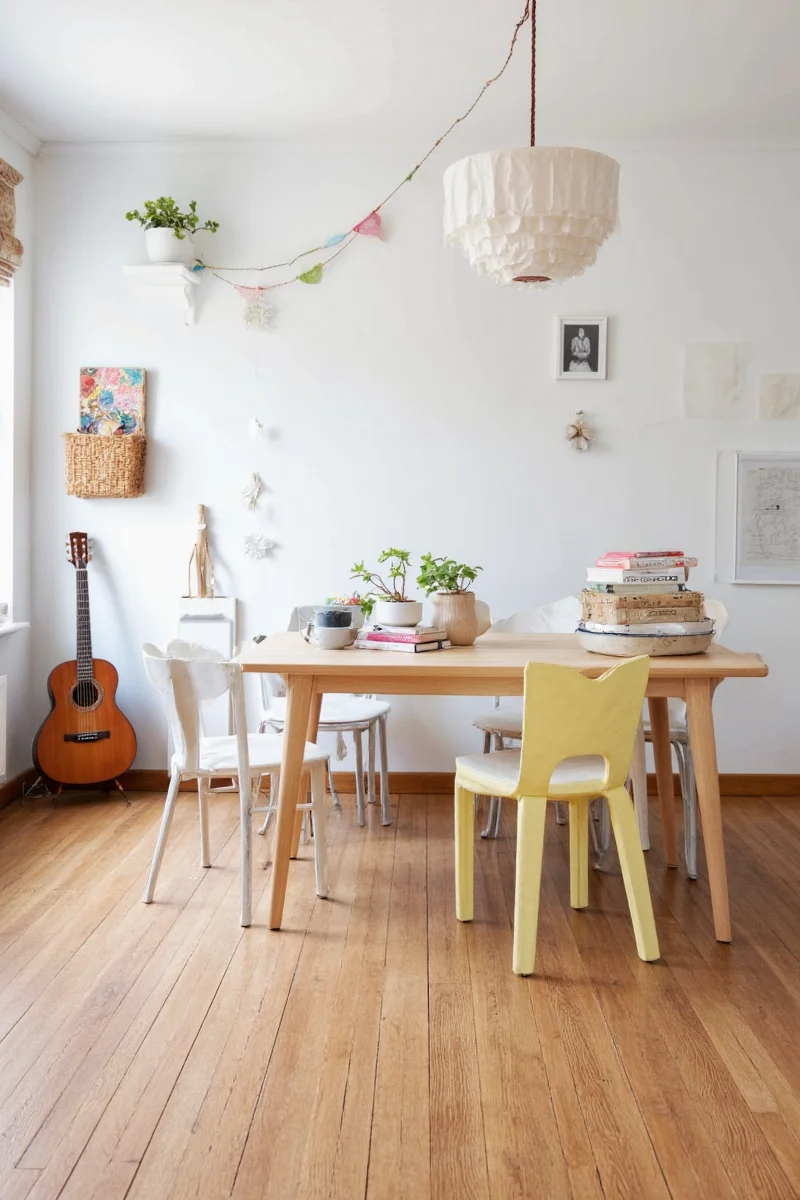
Image 11: A visual guide to selecting the right hardwood for your lifestyle and needs.
Conclusion
Family-friendly hardwood floors don’t have to mean boring or bland — they can be stylish, sustainable, and still stand up to your toddler’s tantrums or your dog’s zoomies. Whether you're updating one room or your whole home, these ideas offer a smart balance between form and function.
From choosing the right finish to playing with textures and tones, every decision contributes to creating a home that’s both beautiful and livable. So roll up those socks, let the kids slide across the floor (on their bellies, please!), and enjoy your stunning, family-ready space without worrying about the occasional spill.
Now go pick out those floors — your next big DIY (or pro) project is just waiting to begin!

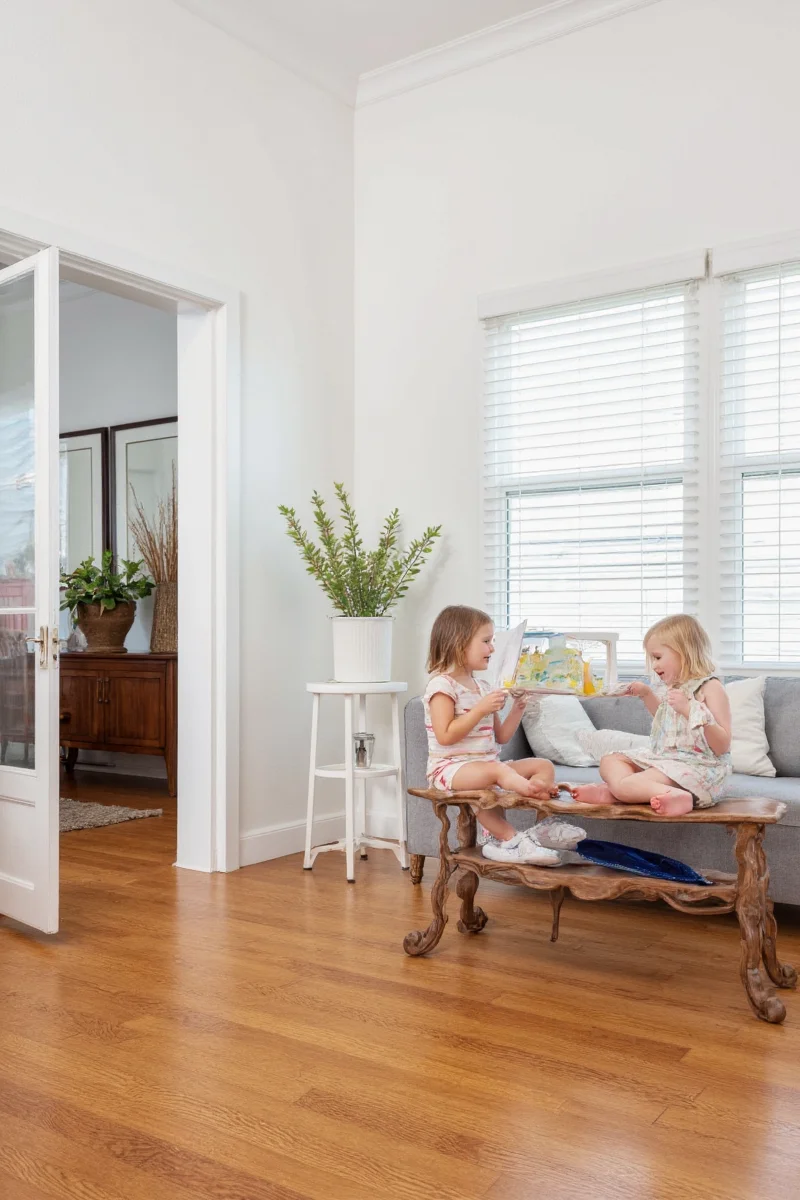









 浙公网安备
33010002000092号
浙公网安备
33010002000092号 浙B2-20120091-4
浙B2-20120091-4